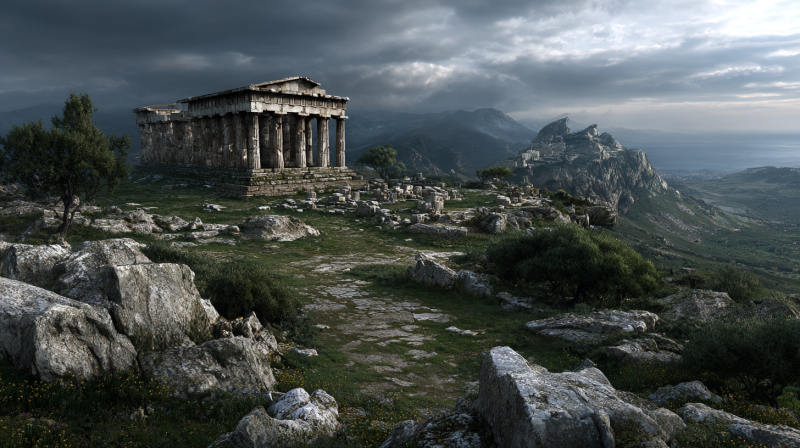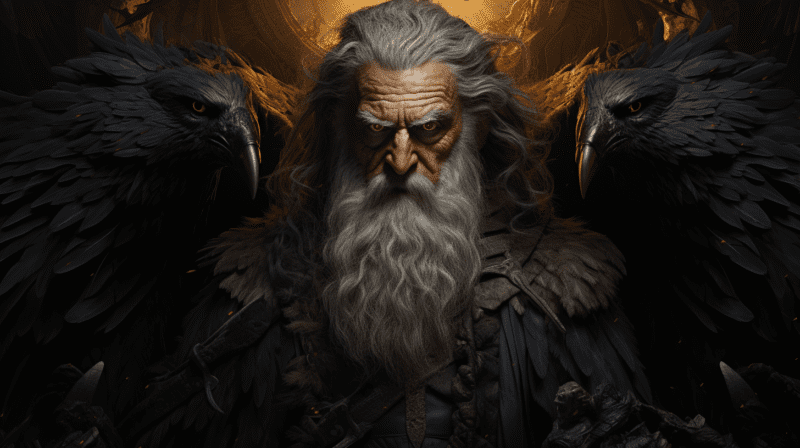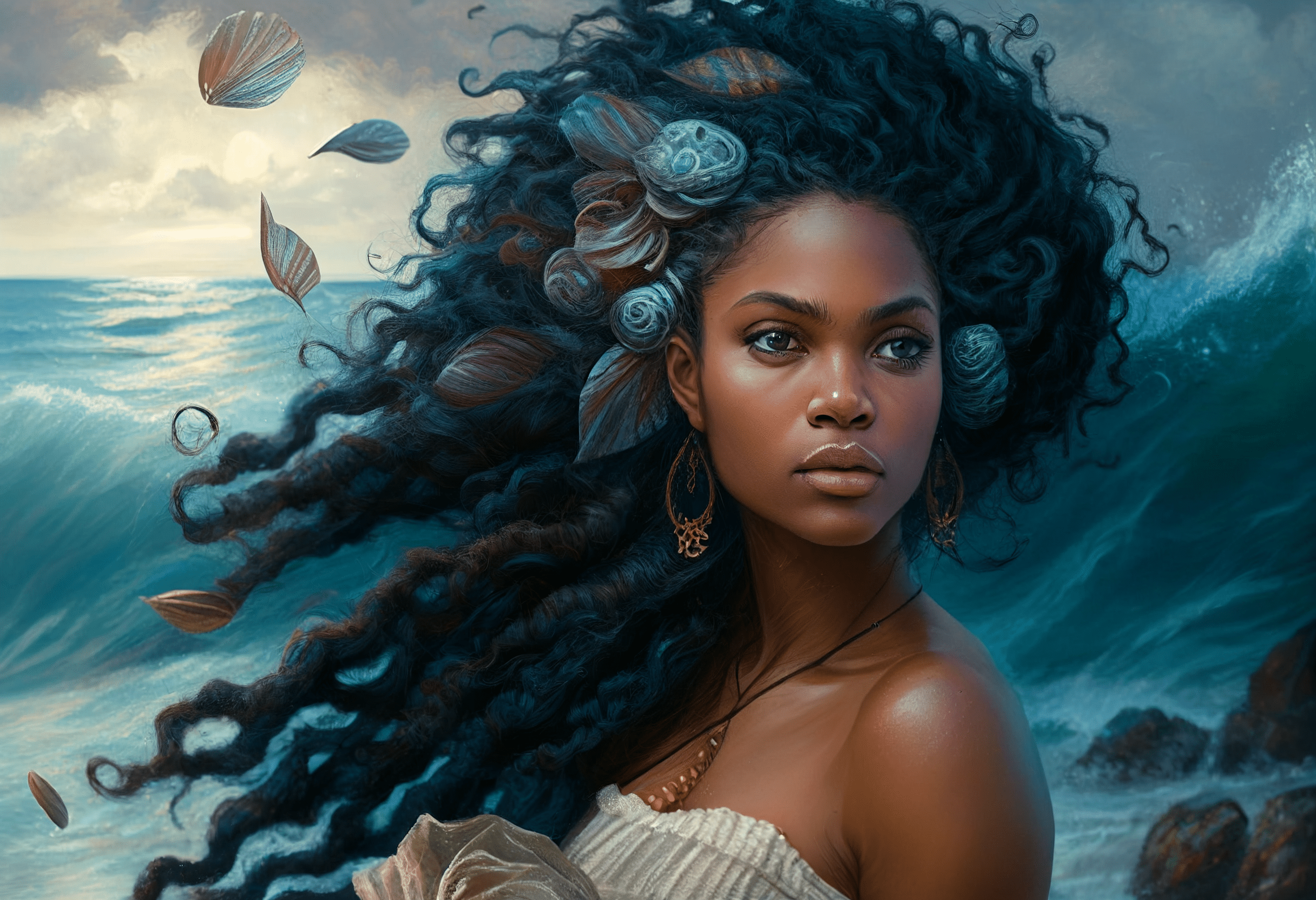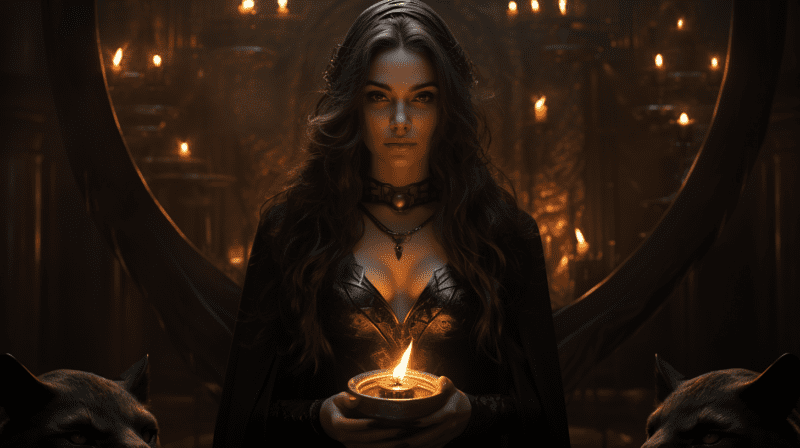The Powerful and Complex Hindu Deity
Shiva is one of the most important and complex deities in Hinduism, the world’s oldest religion. He is also known as Mahadeva, the great god, and is one of the principal deities in the Hindu pantheon. As a god of contradictions, Shiva is both destructive and benevolent, wild and calm, austere and sensual. He is revered as the destroyer of evil and the transformer of the universe. In this article, we will explore the significance of Shiva in Hinduism, his various manifestations, and the rituals and festivals associated with him.
Origins of Shiva
The origin of Shiva is shrouded in mystery and myth. According to the Puranas, which are ancient Hindu texts, Shiva was born as the son of Brahma, the creator, and Vishnu, the preserver. However, Shiva is also believed to be eternal and without a beginning or end. He is often depicted as a yogi, with matted hair, a trident in one hand, and a serpent around his neck. Shiva’s attributes are both symbolic and literal, representing the union of opposites and the cyclical nature of existence.
Shiva’s Role in Hinduism
There is no way to overstate Shiva’s significance in Hinduism, which is why millions of Hindus worship him. He is the lord of destruction, and his role is to destroy the universe at the end of each cycle so that it can be reborn. Shiva is also known as the lord of dance, and his cosmic dance, known as the Tandava, is believed to create, sustain, and destroy the universe. In his benevolent form, Shiva is known as Bholenath, or the kind lord. He is often worshipped as a family deity and is believed to grant his devotees their wishes.
Manifestations of Shiva
Shiva has many forms and manifestations, each with its own unique qualities and symbolism. Some of the most popular forms of Shiva include:
Nataraja
Nataraja is the most famous form of Shiva and represents his role as the lord of dance. This form is characterized by Shiva’s cosmic dance, which is believed to symbolize the rhythm of the universe.
He is often depicted in a dynamic dancing pose within a circle of flames, symbolizing the continuous cycle of creation, preservation, and destruction. Nataraja’s dance represents the cosmic energy that sustains the universe and brings about transformation. Devotees revere this manifestation of Lord Shiva for his capacity to eradicate ignorance and guide souls towards enlightenment. Nataraja is a powerful symbol of divine grace, artistic expression, and spiritual liberation in Hindu culture.
Mahakala
Mahakala is the fiercest form of Shiva and is associated with death and destruction. This form is often depicted with a garland of skulls and a weapon in his hand.
He is depicted as a fearsome deity with multiple arms and a fierce expression. Mahakala is believed to be a protector and destroyer of evil forces. Many devotees worship him for his power and ability to bring about positive change in their lives. As Shiva, Mahakala represents the ultimate reality and the cycle of creation and destruction. He is revered as a symbol of transformation and liberation.
Ardhanarishvara
Ardhanarishvara is a composite form of Shiva and his consort, Parvati. This form represents the union of masculine and feminine energies and the balance of opposites.
The name Ardhanarishvara is derived from the words “ardha,” meaning half, “nari,” meaning woman, and “ishvara,” meaning lord. This deity is depicted as a combination of Lord Shiva, who represents the masculine energy, and Goddess Parvati, who represents the feminine energy. The right half of Ardhanarishvara is Shiva, with matted hair and a crescent moon on his head, while the left half is Parvati, adorned with jewelry and a lotus in her hand. This representation symbolizes the unity and balance of the male and female aspects of the divine. Ardhanarishvara is worshipped as a symbol of harmony and equality between genders.
Bhairava
Bhairava is a fierce and terrifying form of Shiva and is associated with annihilation. This form is often depicted with a dog as his vehicle and a skull in his hand.
Bhairava is revered as the guardian of the eight directions and is believed to protect his devotees from evil forces and negative energies. He is also associated with time and is worshipped for his ability to bring about transformation and change. Devotees often seek his blessings for courage, protection, and spiritual growth.
Rituals and Festivals
Shiva is worshipped in various forms and through different rituals and festivals. One of the most popular forms of worship is the Shiva lingam, a phallic symbol that represents Shiva’s creative energy. Devotees offer water, milk, and other offerings to the Shiva lingam to seek his blessings.
The festival of Maha Shivaratri, which falls in February or March, is one of the most important festivals dedicated to Shiva. It is believed that on this day, Shiva performed his cosmic dance, and devotees stay up all night chanting hymns and performing puja to seek his blessings.
Conclusion
Shiva is a complex and powerful deity that occupies a central role in Hinduism. He represents the cycle of creation, sustenance, and destruction and is believed to be the ultimate reality that underlies all existence. The different forms and manifestations of Shiva reflect his diverse qualities and aspects. Shiva is both revered and feared by his devotees, as he represents both the destructive and creative forces of the universe.
Despite his complex nature, Shiva is accessible to all, and his worship is open to people of all castes and genders. Devotees believe that by worshipping Shiva, they can attain moksha, or liberation, from the cycle of birth and death.
In conclusion, Shiva is a multifaceted and fascinating deity that holds great significance in Hinduism. His various forms and manifestations reflect the diversity and complexity of the universe, and his worship offers devotees a path to spiritual awakening and enlightenment.
Key Takeaways
Shiva is a Hindu deity that represents the cycle of creation, sustenance, and destruction. He is both revered and feared by his devotees.
Shiva has many forms and manifestations, including Nataraja, Mahakala, Ardhanarishvara, and Bhairava.
Shiva is worshipped through various rituals and festivals, including the worship of the Shiva lingam and the festival of Maha Shivaratri.
Shiva is one of the most important deities in Hinduism and represents the ultimate reality that underlies all existence.
Shiva’s cosmic dance, known as the Tandava, is believed to symbolize the rhythm of the universe and the cycle of creation, sustenance, and destruction.





